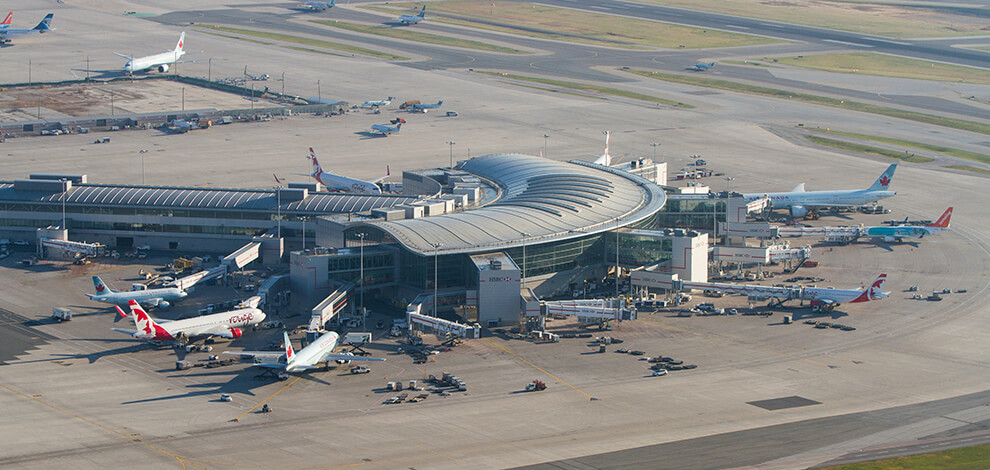Estimated reading time 3 minutes, 30 seconds.
Privatization could present numerous pluses for the major airports in Canada, though widespread support for the idea is having a hard time getting off the ground, according to a new Fitch Ratings report.

Currently operating under a partial model, a greater role for the private sector in Canadian airports could lead to many of the same positives other major airports throughout the world experience, according to senior director Seth Lehman.
“Many European and Latin American airports have established histories under private airport control, with many of these same airports positioned to drive growth in the sector for decades,” said Lehman.
Certainly helping the case for airport privatization is passenger traffic, which is up nearly 25 per cent in Canada despite competition from neighbouring U.S. airports. This could lead to more operating revenues and net cash flow opportunities.
Converting to a fully privatized model, however, has also been met with healthy criticism. Some argue that the current model’s sizable rent payments dis-incentivize needed investments, while others are taking the “if it isn’t broke, don’t fix it” approach by claiming that airports are self-sufficiently financed and operated under the current structure.
Additionally, Canadian airports remain financially connected to the government through the remittance of ground rents exceeding $300 million a year.
“While there are local pros and cons, global experience indicates that there will be opportunities for operational improvements and more efficient capital investment. The private sector is also more likely to take greater advantage of available real estate to make investments that maximize value,” said Lehman.
Valuing an infrastructure asset such as an airport is challenging, though recent competitive biddings are showing that major airports are quite attractive to bidders. While private equity can be expected to provide funding, it will need to be paid back with a return. It’s also important to acknowledge the potential risk of an airport acquired at a premium price having to accrue an even a higher level of debt as a result of the transition.
“Another sizeable hurdle that will need to be overcome is to change the perception that airports are strategic local assets and airfares may rise following the change,” said Lehman.
Nonetheless, while the interest is certainly there from the private sector, aligning interests with the public will take time. In Fitch’s view, monetization of public assets needs to be carefully considered as upfront financial rewards are usually expended in the short-term while the transfer of rights and responsibilities and the associated costs extend into the long term. Transparency in the decision making process will help achieve acceptable solutions for each asset.
Fitch’s report “Maximizing Value in Canadian Airports” is available here.








